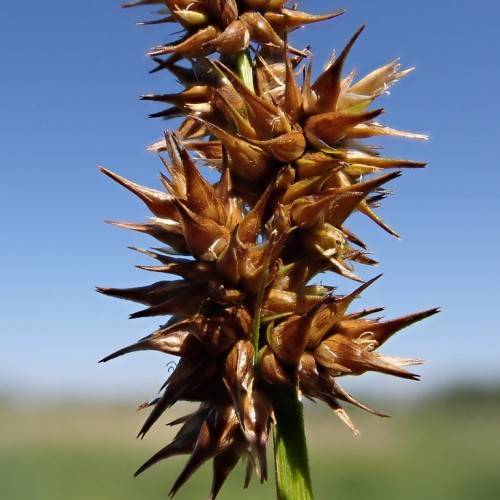
Awl-Fruited Sedge
Carex stipata
Watering:
Frequent
Hardiness Zone:
Sun:
full sun,part shade
Leaf:
Yes
Growth Rate:
Low
Salt Tolerant:
Yes
Care Level:
Medium
watering
Longbeak Sedge prefers moist soil conditions, so moisture is key to keeping it healthy. It is best to water before the soil dries out, and when the leaves start to droop. Generally, this species of plant should be watered on average once per week. However, if temperatures are high and there are periods of prolonged sunlight, it may need to be watered once every 3 days. To know for sure, stick your finger into the soil, and if it feels dry to a depth of 1 inch or greater, it is time to water. A layer of organic mulch will also help retain water and improve the overall health of the plant.
sunlight
Longbeak Sedge (Carex sprengelii) typically prefers partial shade to full sun. It should receive 3 to 4 hours of direct sunlight each day in order to thrive, preferably in the morning or early afternoon. Insufficient sunlight may cause the plant to become weakened and more susceptible to infestations or disease. It is also important to give the plant enough time for its roots to become established before exposing it to too much direct sunlight.
pruning
When to Prune: Longbeak Sedge can be pruned in late summer or early fall if necessary. How Much to Prune: To maintain the grass-like appearance of this sedge, remove any dead foliage or flower heads in late summer/early fall. If it needs to be significantly pruned, only remove up to 1-third of the overall foliage or flower heads.
